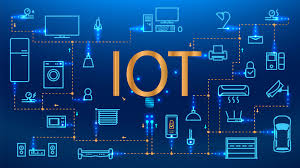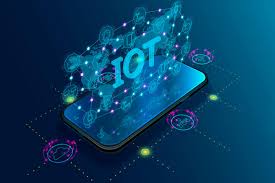However, all complete IoT systems are the same in that they represent the integration of four distinct components: sensors/devices, connectivity, data processing, and a user interface.

In a typical social IoT setting, we treat the devices and services as bots where they can set up relationships between them and modify them over time. This will allow us to seamlessly let the devices cooperate among each other and achieve a complex task.
To make such a model work, we need to have many interoperating components. Let us look at some of the major components in such a system.

(1)ID: we need a unique method of object identification. An ID can be assigned to an object based on traditional parameters such as the MAC ID, IPv6 ID, a universal product code, or some other custom method.(2)Metainformation: along with an ID, we need some metainformation about the device that describes its form and operation. This is required to establish appropriate relationships with the device and also appropriately place it in the universe of IoT devices.(3)Security controls: this is similar to “friend list†settings on Facebook. An owner of a device might place restrictions on the kinds of devices that can connect to it. These are typically referred to as owner controls.(4)Service discovery: such kind of a system is like a service cloud, where we need to have dedicated directories that store details of devices providing certain kinds of services. It becomes very important to keep these directories up to date such that devices can learn about other devices.(5)Relationship management: this module manages relationships with other devices. It also stores the types of devices that a given device should try to connect with based on the type of services provided. For example, it makes sense for a light controller to make a relationship with a light sensor.(6)Service composition: this module takes the social IoT model to a new level. The ultimate goal of having such a system is to provide better integrated services to users. For example, if a person has a power sensor with her air conditioner and this device establishes a relationship with an analytics engine, then it is possible for the ensemble to yield a lot of data about the usage patterns of the air conditioner. If the social model is more expansive, and there are many more devices, then it is possible to compare the data with the usage patterns of other users and come up with even more meaningful data. For example, users can be told that they are the largest energy consumers in their community or among their Facebook friends.
 Best resource for Online free Education
Best resource for Online free Education
